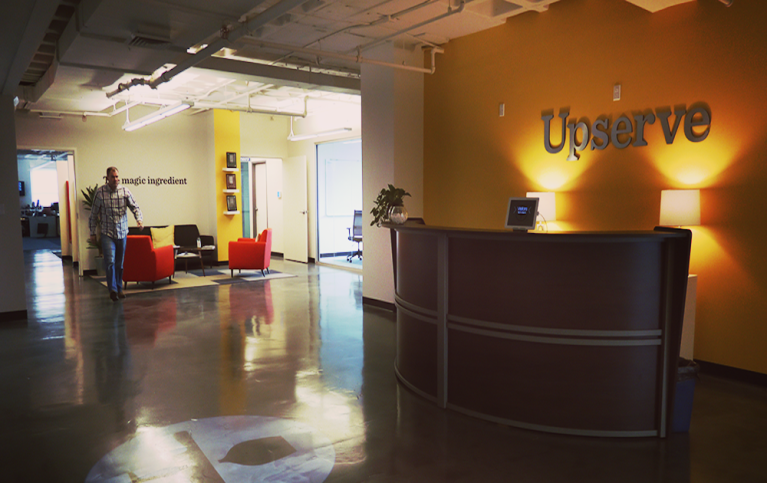
It’s no secret that Americans love to eat. And entrepreneurs with an eye on gourmets and gourmands love to serve. For the restaurateurs, however, problems arise: How to eke out profits and drive repeat business.
In an interview with PYMNTS’ Karen Webster, Upserve CEO and Founder Angus Davis delved into the ways his company, and technology in general, can solve those issues. The firm in March won gold at Innovation Project 2017 for “Best Comeback Story.”
Said Davis, the restaurant segment is growing faster than the economy at large; last year marked the first year that American spent more dining out than they did cooking at home (and the sector employs one on 10 Americans).
Broadly speaking, said the CEO, “there has been a tremendous amount of technology innovation in restaurants and certainly that has been the case with things like online ordering, online reservations.”
But many restaurants, he continued, have held back from embracing technology, even though at the core of every restaurant, beyond the stove “the most critical piece of technology that they have is their point of sale system.” All too often the systems that are legacy systems do not talk to one another. Great Yelp reviews, he said, are for example not being fed back into reservation histories for a given customer every time they come in. The fact that “you just sold the last of the fish tacos – that doesn’t actually talk to the inventory system to help you make a smarter decision tomorrow when it is time to reorder. “
Other firms are indeed making the leap to take on cloud based POS systems with lower total cost of ownership, and those cloud-based systems can communicate with legacy systems. The opportunity is a large one, as Americans spend $800 billion at the roughly one million restaurants located across the country.
Technology firms may balk at that opportunity, however, seeing as they do the fact that 90 percent of restaurant firms have fewer than four locations – and perhaps they feel they do not know how to sell into that market, he added.
Speed and convenience remain attributes that have the focus of Upserve’s customers, he said, especially across full service eateries, through its own Breadcrumb POS systems.
He stated that the workforce for many of these restaurants is increasingly staffed by Millennials, so it remains important to have an intuitive interface that dovetails with their own experiences, with smartphones and tablets.
By way of example, with the placement of an order with Grubhub or seamless – which whom Upserve has integration and which control two thirds of the non-pizza ordering market – “what will happen is when a consumer places an order [on those platforms] … a lot times it sends a fax. That’s one way those restaurants get those orders today. Another way is that they’ll actually have a dedicated iPad just to receive the Grubhub information.”
Next, someone must retrieve and enter the order into a POS system and transmit it to the kitchen. Mistakes can be made along the way of course, and time is of the essence.
But through the integration with Upserve, he illustrated, when the order is entered digitally, that same order is printed at the kitchen in real time, eliminating the chance of the order being lost or done incorrectly.
Other initiatives supported by Upserve include pay at the table, and the key lies in making these restaurants feeling that they are getting value for the money spent on technology. “You either have a product that is a marketing product or an operational/productivity tool” even while maintaining the expected experience of the guest on a personal level.
“Even if it’s not a marketing tool,” said Davis, “if [the technology] helps a waiter or waitress remember what it is that you particularly enjoy” — for instance, where 12 of the last 14 times a patron has enjoyed a particular glass of wine — the quality of the guest experience can be improved. “That’s the gift that keeps on giving when you’ve got loyal customers,” he said, in addition to staff that feels more secure, and happier about, their jobs.